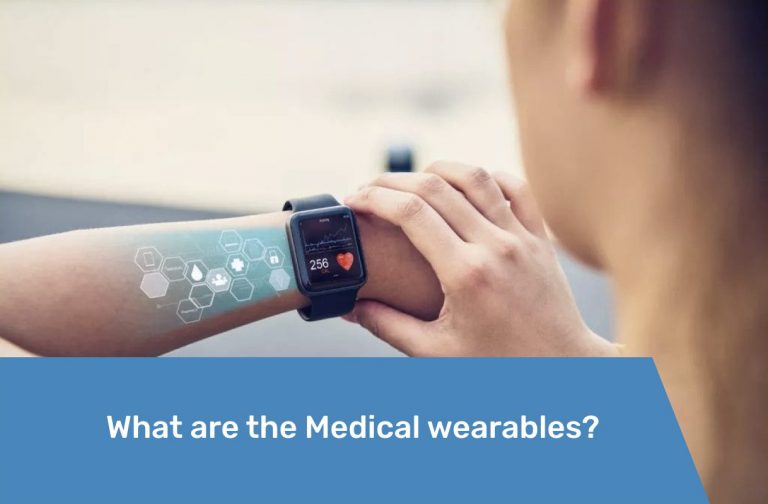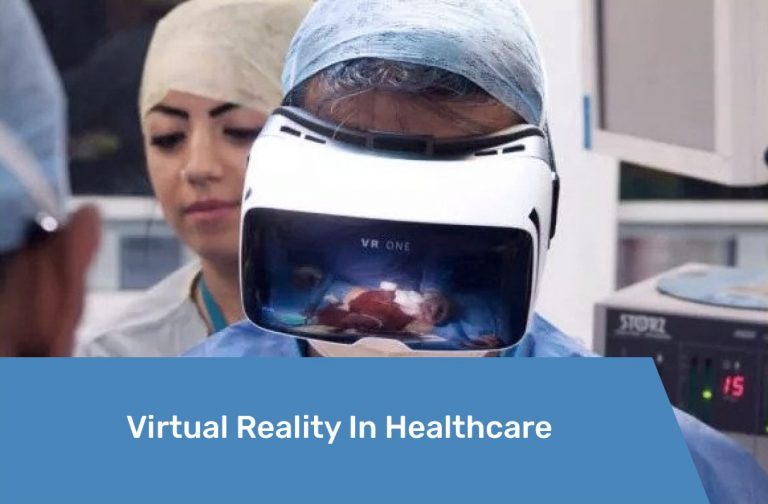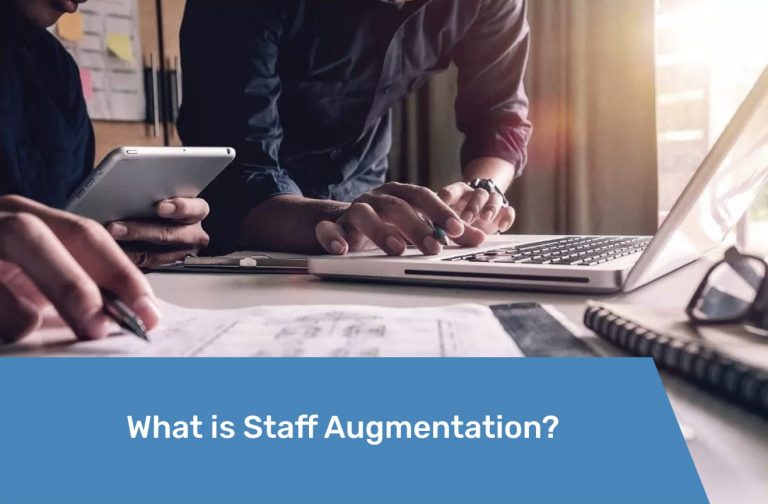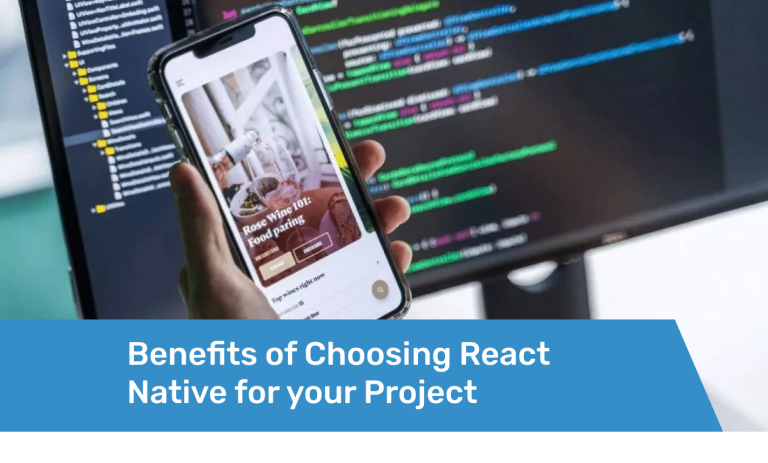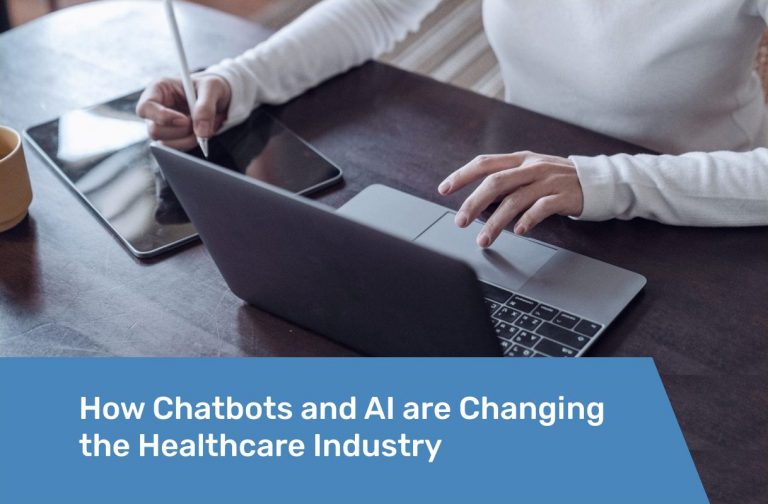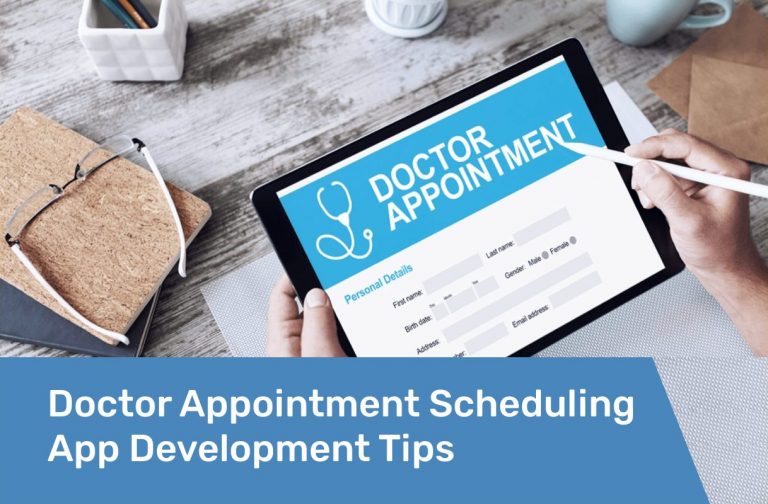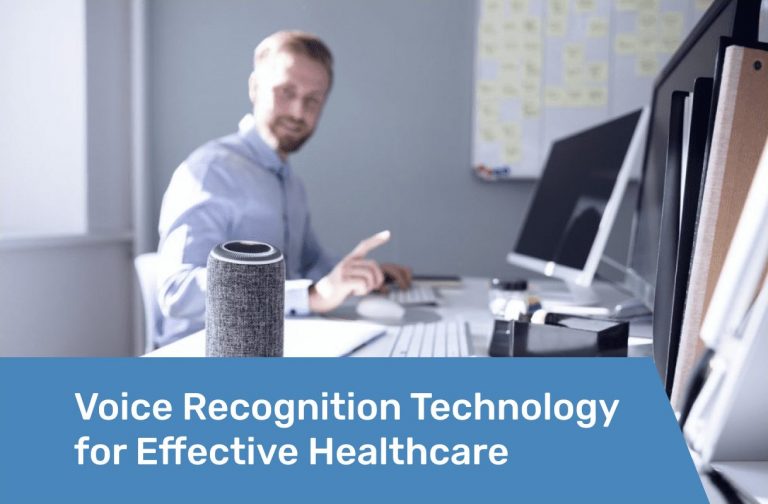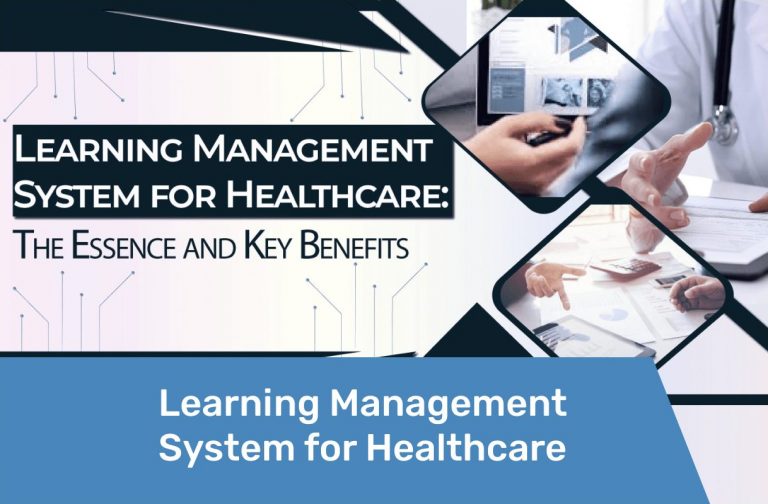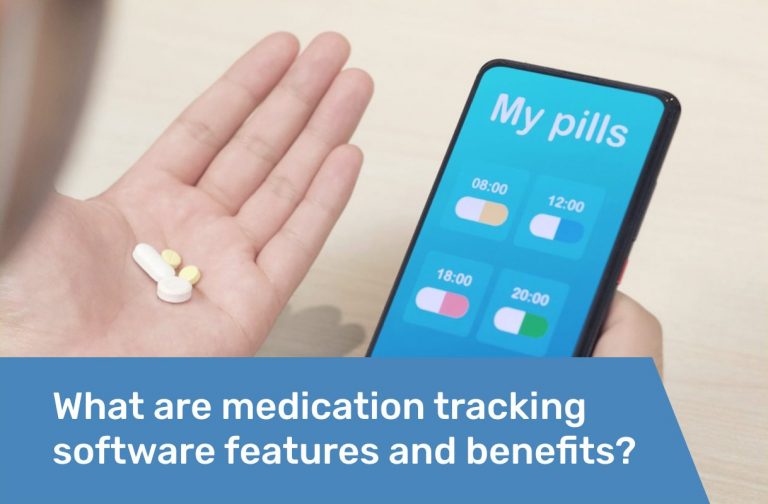What is EMR or Electronic medical records? It’s a digital version of paper charts specific to one patient. Such EMR is added to electronic data based on a single treatment case. If to exemplify, if one male patient is being treated against migraine, his electronic chart will contain all details of treatment and patient’s history. But generally, any EMR of any patient is generally placed and stored in one particular clinic. Such EMR data don’t ‘migrate’ from one clinic to another, thus making it less convenient when comparing with EHR.
What is EHR (Electronic Health Records)? Actually, it’s like EMR, but there’s more that it can perform. First of all, it’s important to note that EHR doesn’t focus on one particular treatment case to be stored in a particular place. For example, in the case of EMR, there have been cases when physicians printed the records and would send them to another physician in another clinic. Thus, it can be said the EHR makes it possible for medical data to ‘migrate’ from one place to another where such data will play an important role in treating the patient.
EHR is an electronic version of medical data but not focusing on one single treatment history. Instead, it focuses on the overall health history of the patient. For example, if any patient is brought to the emergency, it’s important that medical staff won’t inject something he or she is allergic to. So, here comes EHR that can enlighten any healthcare staff responsible for treating the patient. Moreover, EHR minimizes unneeded screenings of the patient, which in turn can be detrimental to the patient. Since all screenings will be reflected on the electronic records, any physician will have to think over what is needed more, instead of undergoing every procedure again.
It’s not a surprising fact that electronic data has made treatment and healthcare more efficient in many senses. It’s not only about easily accessible data, but such data makes the treatment more cost-effective. If to go beyond one clinic with the main focus on more accessible data to authorized personnel, EHR is definitely more efficient and more practical.
More about it in healthcare app development blog: EMR vs EHR – How electronic health records will improve patient care?
DevOps as a ServiceDevOps on autopilot
CTO as a ServiceStregthen your team
Software testingEnsure software quality
Discovery phasePlan your priduct from a to z
Cloud ServicesGeneral information about healthcare cloud services
Google Cloud ServicesEnsuring confidentiality when working with medical systems
AWS Cloud ServicesServices specially designed for the healthcare industry
Microsoft Cloud ServicesPlatform processing, analyzing and sharing medical data

